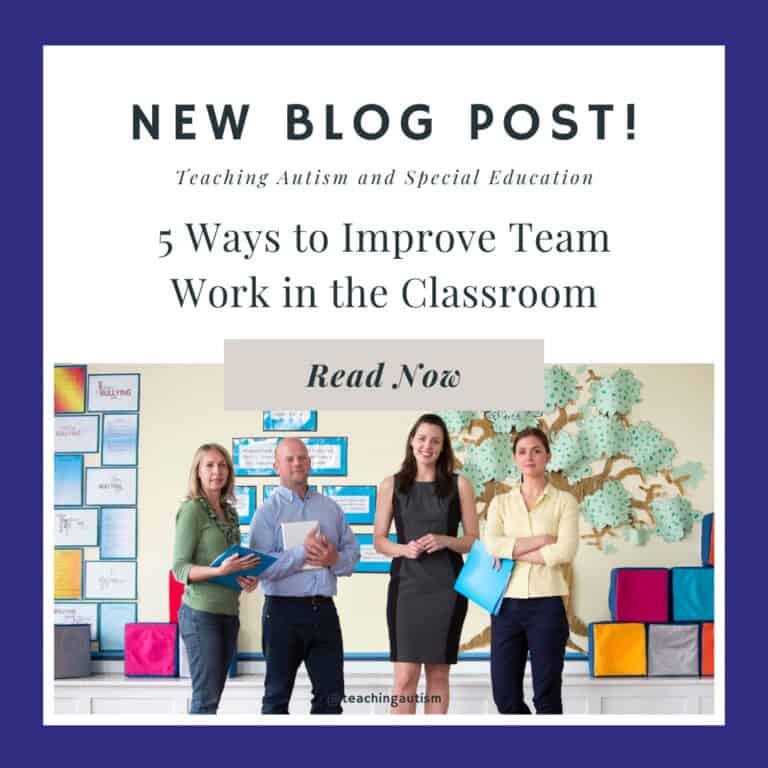Working with ELL Students in Special Education
In this blog post today I’m discussing working with ELL students in special education. ELL stands for English Language Learners. And if you’re working as a special education teacher.. You may find yourself with an ELL student in your class in the future. This blog post will hopefully help give you some ideas and strategies for your ELL student(s).
What is an ELL?
English language learners (ELLs) are students who are learning English as a second language. For ELLs with special educational needs, it can be a challenging and overwhelming experience to adjust to a new language and culture.
However, having access to a special education classroom and/or teacher can provide many benefits and support for these students.
What are the Benefits of ELL Students Accessing Special Education?
One of the benefits of having access to special education is that it offers individualized instruction and support.
Special education teachers are also trained to address the specific needs of students. They also have a lot of training and experience of modifying instruction to meet the needs of students. And this is exactly what we want for our ELL.
This can include strategies such as using visual aids, breaking down complex concepts, and providing additional support and accommodations.
Barriers to Learning
However, ELLs with special needs may face unique barriers to learning. For example, they may struggle with understanding academic language and concepts. As well as this, they may also have cultural differences that can impact their ability to learn and interact with their peers.
In addition, families of ELLs with special needs may face language barriers and may not fully understand the special education process. This can be really difficult to communicate for specific details or requests. It is worth trying to find an interpreter who specialise in this families language and culture. This will give you an opportunity during things like IEP meetings where you’re able to communicate more effectively and efficiently with the student’s family.
Addressing the Barriers
To address these barriers, we can use a variety of strategies to support ELLs with special needs and their families.
One strategy is to provide visual aids and other supplemental materials to help ELLs understand concepts and written text.
Another strategy is to use culturally responsive teaching practices that take into account the cultural backgrounds and experiences of ELLs with special needs.
We can also work with families to ensure that they understand the special education process and their child’s rights. This may differ to what they are used to experiencing, especially if they have emigrated from another country. This can include providing translations of important documents and using interpreters during meetings.
One of my favorite things to do when sending documents home is to add visual symbols above the words so that it can help to visually show the reader what the document is about. You can also speak to the family and see if they have anyone that they know that can be a translator for them as well. One family I worked with had an older child who was really good at the english language, and so she would help with a lot of translations. Another family had a member of their Mosque attend meetings to work as an interpreter.
I hope you found this blog post ‘Working with ELL Students in Special Education’ helpful. If so, please consider sharing it with your friends and colleagues on social media.
Nikki
P.S. Have you signed up for a 3 day free trial of our VIP membership yet? If not, click here to do it now and go and get access to a huge range of resources, templates, crafts and more for free.







